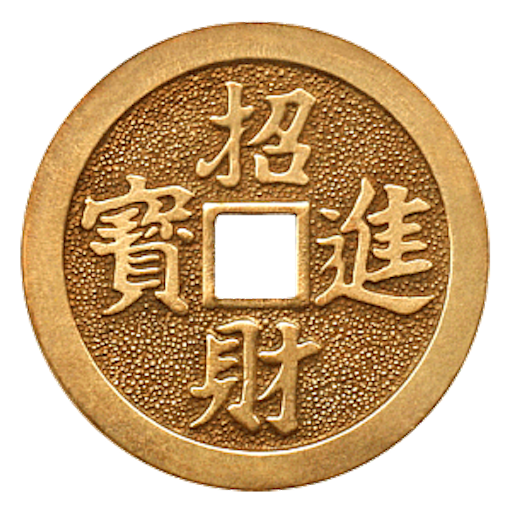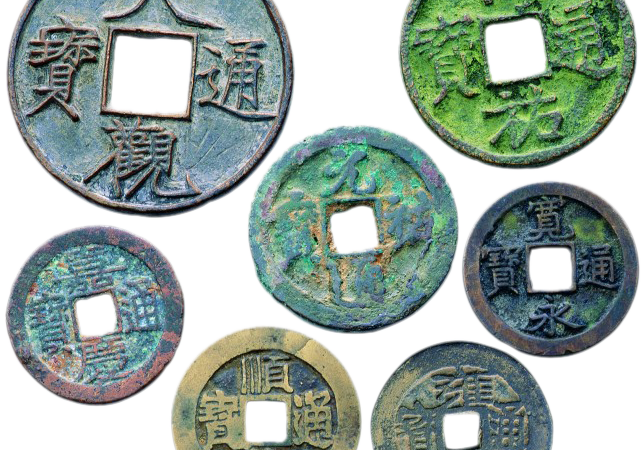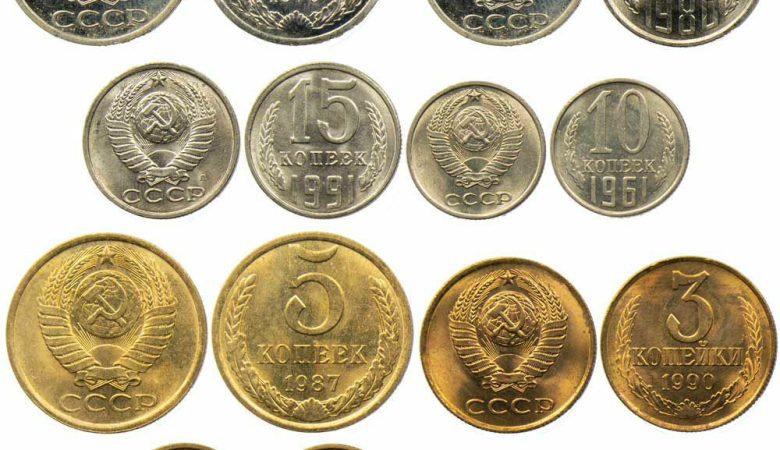Evidence for the History:
Ancient coins are important historical artifacts because they offer a distinct and physical record of artistic movements, methods, and iconography from various eras and civilizations. Ancient coins are useful as historical evidence for the history of art in the following ways:
Ancient coins frequently have elaborate and well-detailed artistic representations of kings, deities, mythical characters, and historical events. These representations can shed light on the aesthetics and artistic movements of the eras in which they were created.
Chronological Progression: Coin designs can change over time to reflect alterations in aesthetic fads and preferences. The evolution of coin designs can be used by numismatists and art historians to chart the rise of art within a culture.
Regional Variations: A variety of cultures and geographical areas created their own coins, each with distinctive creative features. Coins from various regions can be compared to learn about regional artistic preferences and influences.
Iconography and Symbolism: Ancient coins frequently contain symbols, motifs, and iconography that have particular cultural or religious significance. Understanding these symbols enables one to decipher the civilization’s ideas and values.
Portraiture: Portraits of monarchs are regularly found on coins and can be quite lifelike. These photographs offer priceless visual recordings of historical personalities and their personas, facilitating a deeper comprehension of the period in which they lived.
Architectural Representations: Images of structures, monuments, or architectural components may be found on coins. These depictions provide information about the architectural accomplishments and fashions of ancient civilizations.
Use of Materials: The metals chosen (gold, silver, bronze, and copper) and the minting processes show the technological developments of the era and the resources available for creative output.
Historical Context: Coins frequently honor significant historical occurrences, such as military victories or the building of noteworthy monuments. These coins’ beautiful artwork serves as a visual commentary on these events.
Cultural interchange: The interchange of artistic concepts among many nations and civilizations was made possible by the circulation of coins. Coins can occasionally display the artistic influence of one civilization on another.
Continuity and Revival: Coins can also show how creative traditions have endured or been revived. Even in times of cultural transition, traces of earlier artistic movements can be detected in coin designs.
Ancient coins are incredibly tiny, transportable objects of art. They display the talent of early engravers who could produce complex patterns on a limited canvas.
All things considered, ancient coins are priceless treasures for art historians because they offer a visual record of the craftsmanship and social context of their day. They greatly advance our knowledge of the history of art by enabling the study of artistic development, regional variances, and the symbolic languages of ancient civilizations.

Why Ancient coins important our society:
Ancient coins are significant to our culture for a variety of reasons, including their value as historical, cultural, educational, and economic artifacts that advance our knowledge of the past and present. The relevance of ancient coinage in modern civilization might be summed up as follows:
Ancient coins offer concrete proof of past societies’ political structures, kings, and significant historical occurrences. They contribute to a deeper understanding of our shared heritage by assisting us in reconstructing and understanding the history of human communities.
Ancient coins are an essential component of a culture’s heritage. They serve as a symbol of the historical ideals of art, religion, and culture. The preservation and study of these coins contribute to upholding and celebrating the richness and diversity of the world’s cultures.
Education: Students and academics can study history, art, archaeology, and numismatics (the study of coins) using ancient coins as educational resources. They are utilized to captivate students and increase their understanding of the past in classrooms, museums, and academic institutions.
Numismatics: Understanding monetary systems, economic history, and the evolution of coinage all depend on the study of ancient coins, a subfield of numismatics. By analyzing and cataloging these artifacts, numismatists advance knowledge and research.
Ancient coins are little pieces of art, which can be appreciated. Their creations are examples of the artistry and artistic talent of early engravers and minters. The elegance and complexity of coin designs can be appreciated by anyone with an interest in art history.
Coins were a common form of exchange among various cultures since they were a means of payment. It is possible to learn about trade, cultural exchange, and influence patterns between other communities by studying coin circulation.
Preservation of Cultural Heritage: Efforts to maintain cultural heritage include protecting and preserving antique currencies. This involves taking action against illicit looting and the trade in antiquities.
Tourism and cultural tourism: The attraction of history- and archaeology-interested tourists to museums, historical monuments, and locations with cultural heritage can help local and national economies.
In conclusion, ancient coins are living objects that continue to be essential to our culture today in addition to being historical artifacts. They provide chances for individual growth and economic activity in addition to advancing our knowledge, appreciation of history and art, education, and the preservation of cultural heritage.





